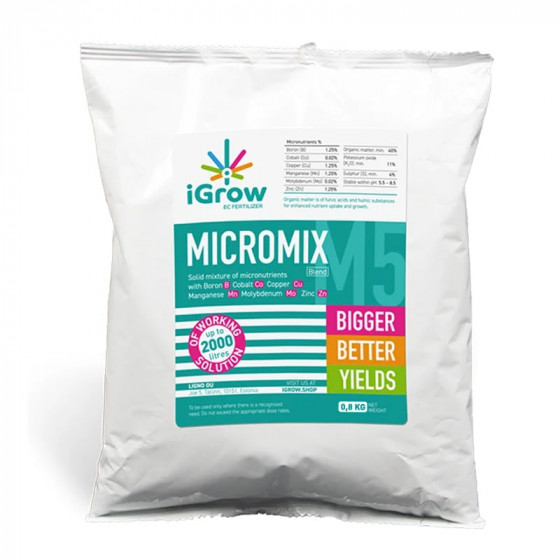
Mineral vs Organic Fertilizer: Which is Better for Growing Cannabis?
Mineral Fertilizers
There are about 17 essential nutrients required for all plants, including cannabis. The most important of these are nitrogen, phosphorus, potassium. Each of them are essential for plant growth, reproduction, transport of minerals, and cellular activity. Mineral or chemical fertilizers contain compounds rich in their respective elemental forms like Ammonia, Calcium Phosphate, or Potassium Nitrate. Except for calcium phosphate, the other two main fertilizing compounds are soluble in water for dispersal. Calcium phosphate requires treatment with acids before it can be readily used as a fertilizer.
Organic Fertilizer
You can get nitrogen, phosphorus, and potassium compounds from organic matter as well; however, they are much more varied and are not particularly the same ones outlined in the above section. It is mainly derived from organic sources, including slurries of animal waste from cattle and poultry, as well as plant-based compost and sewage sludge.
Comparing Mineral and Organic Fertilizers
Let’s take a closer look at the two, analyzing the advantages and disadvantages of each when compared to the other.
Availability
The main advantage of using mineral fertilizers for cannabis growth is that they are readily available, considering they are synthesized in large processing plants that always remain in production. In contrast, organic fertilizers aren’t as readily available unless you have a source nearby, such as a cattle farm or organic waste collection heap. As a result, they may be unfeasible for use on large cannabis plantations, may not be as cost-effective, and the cost of transport may eat into your revenue.
Mineral Uptake Control
Additionally, the chemicals found inside of them easily break down in moist soil into their respective ions, ready for plant uptake. In contrast, organic fertilizers may depend on the soil’s ecosystem, which includes bacteria, fungi, and leguminous plants, to break down organic matter into a form that can be taken up by plant roots.
Calculating Requirements
Moreover, you can control the amount of minerals required by plants using simple calculations. That’s because you know the content of the minerals and their weight. All you’ll need to do is calculate how much fertilizer is required for your particular strain of cannabis and how much mineral concentration the soil is deficient in.
Plants take up minerals through their roots via the process of osmosis. If you introduce mineral fertilizers to the soil in high concentrations, you effectively force the plant to take up that mineral. However, excessive use of mineral fertilizers can leach into water bodies and cause pollution. It promotes the growth of blankets of algae in ponds and lakes, blocking sunlight. This has detrimental effects on marine flora, and in turn, the fauna.
When considering organic fertilizers, the fertilizing compounds are a bit difficult to ascertain because you have to consider their dry weight. Plus, you don’t know what you’re getting if you opt for compost. However, organic fertilizers are rich in carbon, the main component of natural organic matter, and help to retain water. Since mineral ions adhere to water, it’s an essential component that mineral fertilizers lack. This aspect of organic fertilizers may be essential for your cannabis crop if your soil is sandy, loose, and doesn’t contain enough clay content.
Controlling pH
Another aspect of mineral fertilizers is the need to control the pH of the soil. Mostly, soils are slightly alkaline. Depending on the mineral fertilizer and its amount you need for your cannabis crop, you might have to add additional compounds that alter its pH to suit your crop.
Cannabis requires a slightly acidic soil with a pH of around 5.5 - 6.5 for optimum uptake of nutrients through its roots. Aqueous ammonia is highly alkaline and will require an additional compound to balance soil pH if used in excess. Most commonly, Calcium carbonate (lime) or calcium oxide (cooked lime) are used to make soils more alkaline, whereas elemental Sulfur, Aluminum Nitrate, and Urea are common compounds for soil acidification.
In contrast, organic fertilizers have a generally balanced pH when compared to mineral ones. But, again, it completely depends on your medium of use and its initial pH. If it needs no altering, then organic fertilizers are ideal for the job without any pH adjustment. But, if the medium is not up to the mark, then you’ll need the same adjustments as mentioned above. Just remember to conduct a soil assay before locking down which one you’ll need.



















